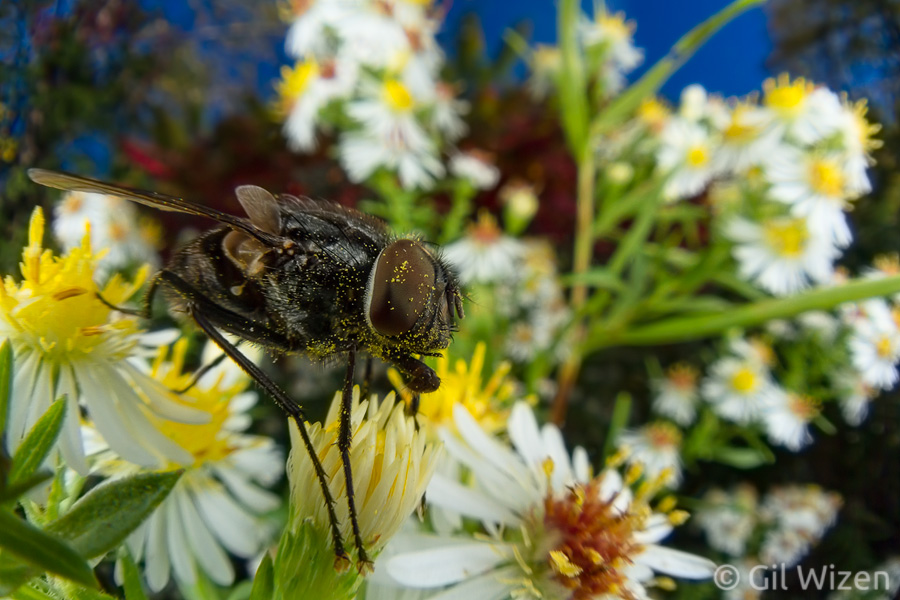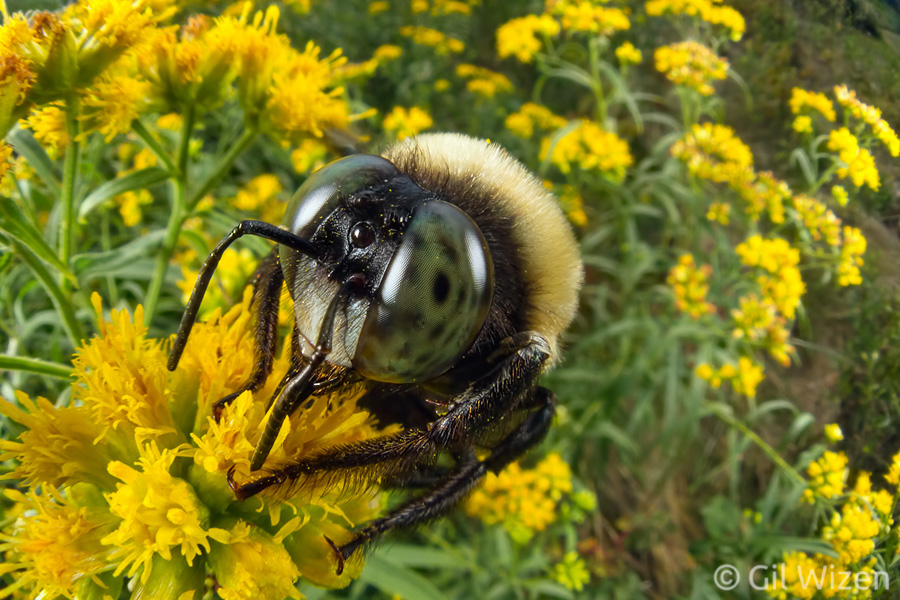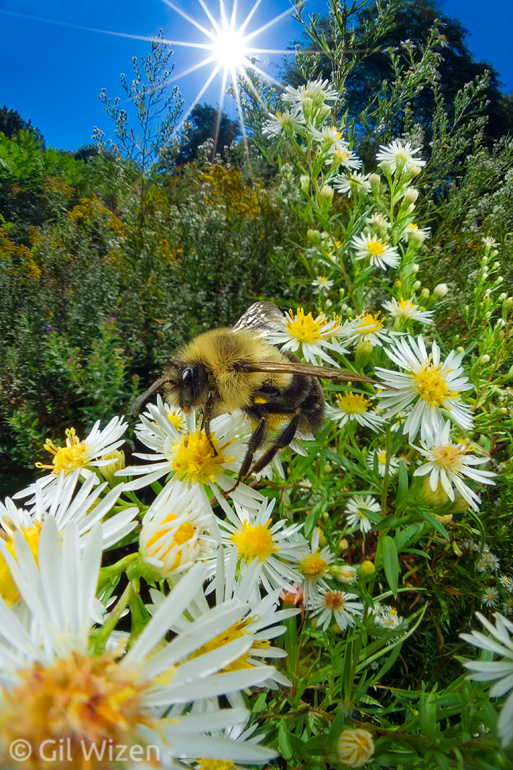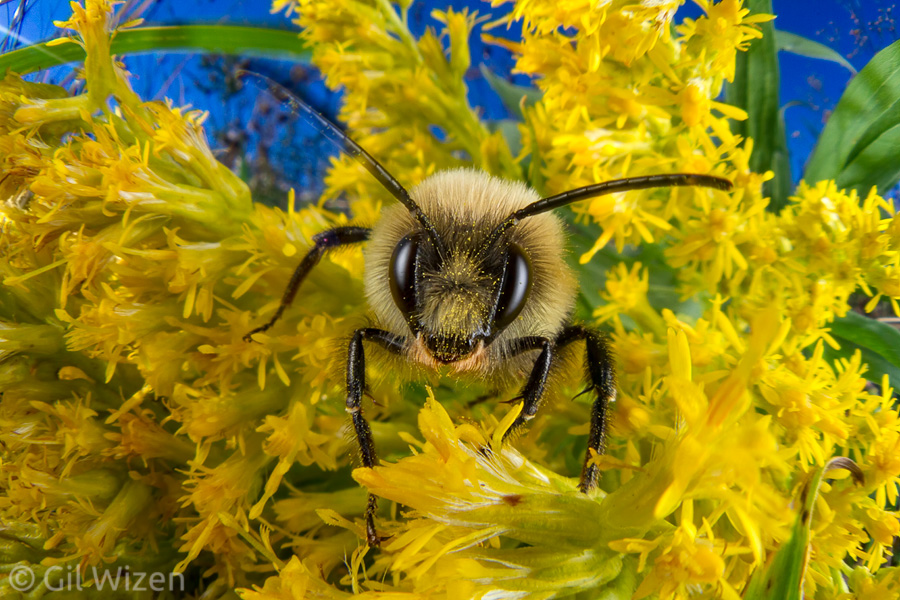My take on wide-angle macro – part 4
In case you have not read my previous posts about wide-angle macro, make sure to head over to these pages first. While this post focuses on my relay lens system, the previous posts give a good introduction to wide-angle macro:
To read part 1, click here.
To read part 2, click here.
To read part 3, click here.
It is that time of the year again, in which various “year-in-review” posts start appearing. My intention was to follow what I did in 2013 and 2014, and present my list of 2015 photographic highlights. However, for me 2015 lagged a little photography-wise, and judging by the scarcity of similar annual summary posts from fellow photographers it sure feels like I am not the only one in this. What I can say though, is that I spent a lot of time testing different combinations of my equipment. After publishing my series of wide-angle macro posts I saw them as finished and had no plans to continue. But a recent development convinced me otherwise and I am proud to present part 4 in the series, alternatively titled – You should never stop experimenting with gear.
In the previous post I mentioned that one can achieve a satisfying wide-angle macro effect using a relay lens system. It is probably the cheapest way to go about it too, as the different parts can be obtained in garage sales and thrift stores. However, using a relay lens has its own drawbacks, for example stepping into full manual gear territory, extreme chromatic aberration and soft focus. This is not, by all means, the end of the world, and after a period of trial and error using my relay system I managed to get some interesting results with a very unique perspective. I was happy with those photographs, for a while.

My previous relay lens system. It used two full sets of extension tubes, a reversed wide prime, a few more tubes and adapters and finally a tiny CCTV lens. No wonder light barely reached the camera’s sensor.
But after some time I grew tired of the cumbersome system I built. Each photo took me over 10 minutes to plan and execute, rendering most animal subjects uncooperative. I was frustrated with the lack of auto aperture control. And most annoying – my relay lens system was very long, with a tiny front element. This means that it did not let too much light enter the camera, resulting in a dark, upside down image in the viewfinder. In addition, the photos I got using this system all had soft focus and a strange halo around the subject, and I suspect this was a result of chromatic aberration, diffraction and the way I was lighting the scene.
It was back to the drawing board for me. I started to think what kind of look I wanted for these wide-angle macro shots, and then I remembered that some years ago people experimented with attaching a peephole lens to a point and shoot camera to get a fisheye effect. Incidentally, some of these combinations had wide-angle macro capabilities. Once I had an idea of what I wanted, I verified that it was indeed plausible, and went hunting for the suitable parts. The problem with peephole lenses is that they vary in image quality, and also some lens combinations “play well” together while others result in a photographic catastrophe. It took me over a year to come up with the right combination of optics to get the desired look I was after, but I think I got it now (at least until I find something that works better).
This current relay system is shorter, lighter and has auto focus and aperture control. The results are much sharper and there is no loss of detail. Almost perfect. Wait, almost?? Yes, although this lens combination perform better than others, the final result also depends on the camera settings, subject magnification and lighting conditions. One thing that is hard to avoid when using this system is sunstars. With a front element allowing a 180° field of view, the sun almost always ends up in the frame. Some people love sunstars, but I must admit that this effect gets old quickly when you see it in each and every photo.
What I really like about this system is that it is perfect for photographing pollinators. The front element is still quite small, and perceived as non-threatening by skittish insects.

A pair of European paper wasps (Polistes dominula) standing their ground on goldenrod inflorescence.

Flies are exceptionally skittish when it comes to wide-angle macro. I was lucky to get a few nice shots of this fly pollinating before it took off and vanished.

Honey bee (Apis mellifera) pollinating. This is one of the shots I had in mind way before I even started assembly of the lens system. I will probably repeat it a few more times – a sunstar managed to sneak into the frame!
Another aspect of this system is that it allows to experiment with more dynamic shots, producing a very unique style. It will be interesting to test this with different moving subjects in the future.
Finally, I can now create portraits of small critters while still retaining much of the surrounding background.
Thank you for following these posts about my evolving wide-angle macro style. I hope they serve as inspiration for creating your own setup. Here’s to a new year full of photographic adventures!








Bernardo Segura
great photos!, what compact camera and peephole did you use?? thanks
wizentrop
I use the same Canon 7D pictured above (so not a compact camera) and some non-brand black peephole lens I got from Japan.
Ronnie
Do you have a photograph of your new setup? I have been playing with my Bower fisheye lens for wide-angle macro and it has sparked an interest in this style of photography as something a bit different from my normal macro.
wizentrop
I think the Bower fisheye will not give you enough magnification of your subject to be considered stepping into the macro range. Sigma and Tokina have better specs in this regard. Please refer to my previous posts in this series, you can see examples from different lenses I use.
Stuart Wilson
Gil, beautiful shots! Close photos of these super active pollinators is not easy!
GK
I really like these images!
Could you explain in some more detail how you attached the peephole lens to the DSLR? I assume you use another lens directly on the camera, then some tubes, then the peephole lens?
Richard
Your first photo of a bee (with the large eyes) is actually of a male carpenter bee ( Xylocopa virginica), not a bumble bee. Male bumble bees do have larger eyes than females, but not this large, and carpenter bee eyes have a distinct greenish tone to them.
Beautiful images!
wizentrop
Thanks for the correction, much appreciated!
I admit I am still overwhelmed by the diversity of North American bees. I corrected in the post, and I also noticed I have a mislabeled photo of the female X. virginica – now corrected.
Richard Portman
That’s a great photo of the Phiddipus audax. Shows something of how formidable and beautiful the wee little beasties are.
Daniel van Duinkerken
Hi, you have some amazing images! I was wondering what type of lens you use between your camera and the peephole lens? Still a macro lens for its close-focusing abilities?
Thanks!